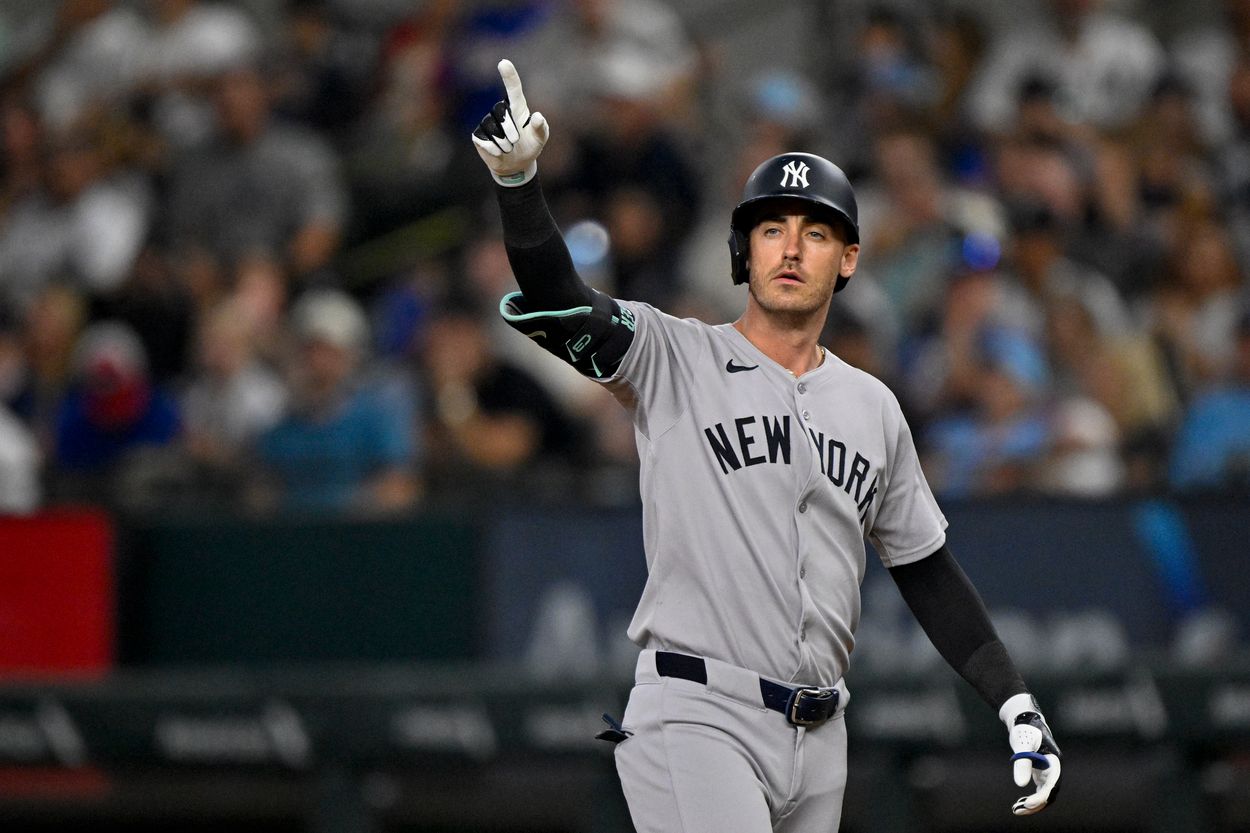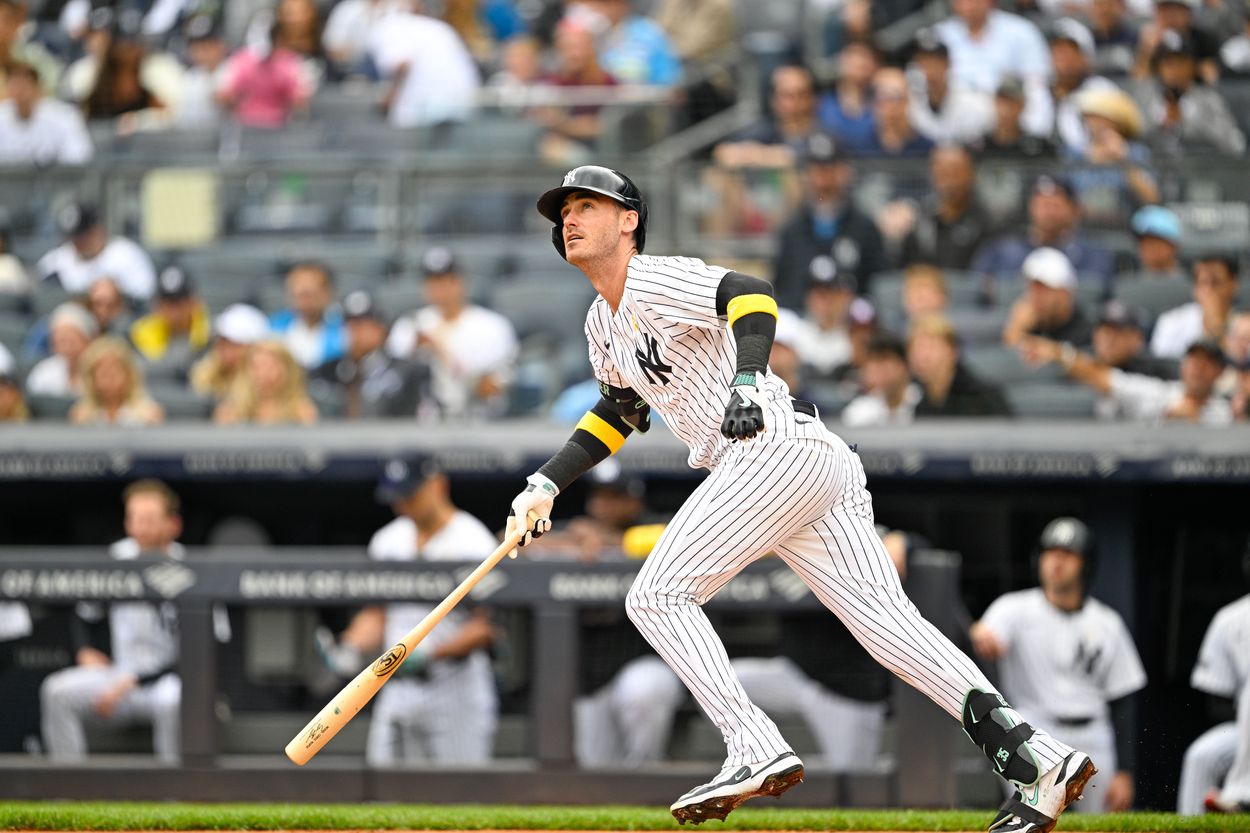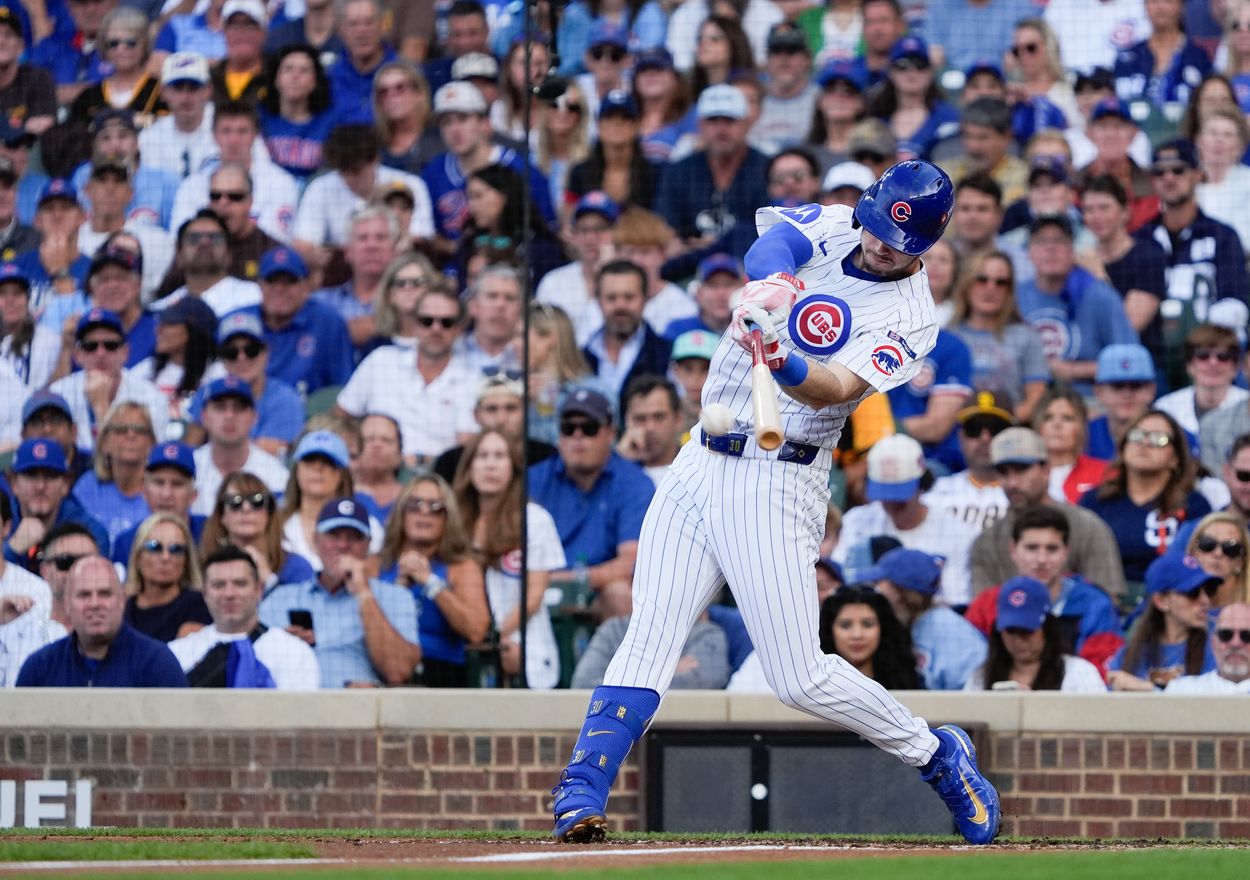
The New York Yankees may be heading toward one of the most defining offseasons of the Brian Cashman era. With Cody Bellinger expected to decline his player option for the 2026 season and hit free agency, the Yankees’ front office faces a franchise-shaping decision: re-sign the 30-year-old fan favorite, or swing for the fences with an all-out pursuit of Houston Astros star Kyle Tucker.
It’s a crossroads moment — one that could determine whether the Yankees double down on familiarity or chase the kind of star power that resets the entire lineup.
With Aaron Judge heading into his mid-30s, time is running out before he starts to regress. The Yankees dont have many prime years left to leverage.

Bellinger’s Bronx tenure could be short-lived
When Cody Bellinger arrived in pinstripes, it was more than a baseball move — it was a homecoming. The son of former Yankee Clay Bellinger, Cody spoke openly about fulfilling a lifelong dream by wearing the same uniform his father once did. And to his credit, he delivered on the field.
Bellinger posted a .272/.334/.480 slash line in 2025, belting 29 home runs with 98 RBIs and a 125 wRC+. Beyond the offensive production, he provided Gold Glove-caliber defense, recording 12 defensive runs saved, six outs above average, and a nine fielding run value. His athleticism in center field and first base versatility gave the Yankees the flexibility they’ve long lacked.
But according to Bob Klapisch of NJ.com, the expectation is that Bellinger will test free agency — and likely depart. Given his age, performance, and positional value, he’s positioned to earn a significant payday, possibly in the $150 million range.
The question isn’t whether he’s worth it — it’s whether the Yankees can afford both his price and their ambitions.
Kyle Tucker represents a superstar swing
Enter Kyle Tucker — a name that instantly changes the conversation. Tucker is one of the few players in baseball capable of anchoring a lineup both as a high-average contact hitter and a consistent power threat.
Coming off a strong yet underwhelming season with the Cubs, the lefty slugger hit .266/.377/.464 with 22 home runs, 73 RBIs, and a blend of patience and power that fits the Yankees’ offensive philosophy perfectly. More importantly, Tucker’s swing was seemingly built for Yankee Stadium’s short right-field porch. The idea of pairing him with Aaron Judge gives the Yankees a left-right balance that could transform their offense into the league’s most complete attack.
Of course, superstar talent comes at a superstar price. Tucker’s next contract could surpass $400 million — more than double Bellinger’s projected market value. But that hasn’t deterred the Yankees before, especially when it comes to a player who can thrive under New York’s brightest lights.

The internal wrinkle: Spencer Jones waiting in the wings
Complicating matters further is the emergence of top prospect Spencer Jones, a 6-foot-6 outfielder whose athleticism and raw power have made him one of the most hyped Yankees prospects in years. Jones could earn a spot on the major league roster next season, potentially taking over the role Trent Grisham filled as a fourth outfielder and power specialist.
That internal depth might give Cashman some flexibility — or hesitation. Jones’s development could ease the blow of losing Bellinger, but betting on a rookie to immediately replicate a veteran’s production carries obvious risk.
A decision with massive ripple effects
If the Yankees miss on Tucker, they may have no choice but to circle back to Bellinger. But make no mistake — this isn’t just a personnel decision; it’s a philosophical one. Bellinger represents reliability and balance, while Tucker symbolizes the high-risk, high-reward pursuit of a new core star.
And hovering in the background is a familiar reality: the Yankees’ championship window isn’t infinite. Aaron Judge is in his prime now. Gerrit Cole isn’t getting younger and is coming off Tommy John surgery. Every offseason counts.
So, as Cashman and ownership weigh whether to go all-in on Tucker or bring back Bellinger, the decision won’t just define next year’s outfield — it could shape the next era of Yankees baseball.
